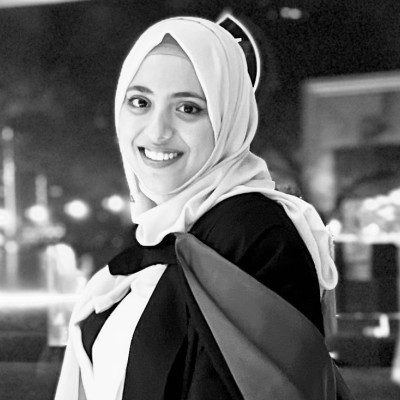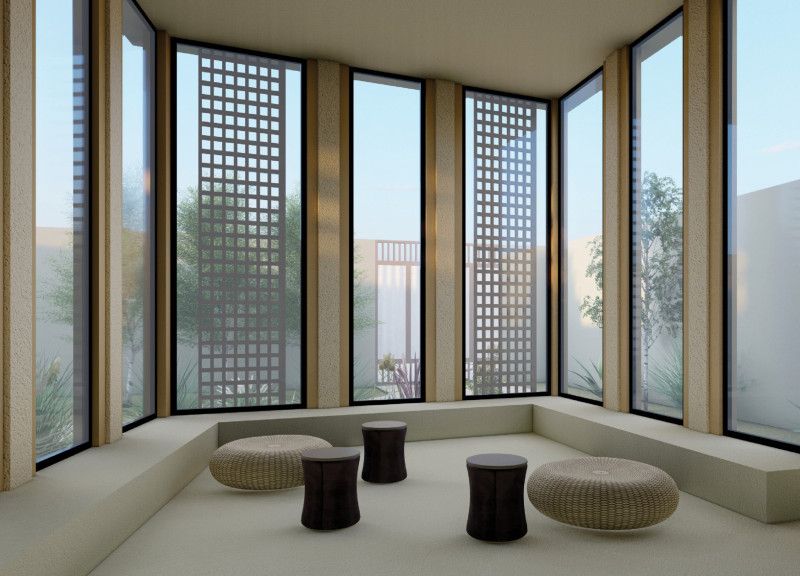5 key facts about this project
Upon approaching the project, one is immediately struck by its harmonious alignment with the landscape. The thoughtful placement on the site considers natural light, views, and local climate conditions, which informs the overall design philosophy. The facade elegantly combines various materials, including concrete, glass, and natural wood, to create a sense of warmth and approachability while maintaining structural integrity. This materiality not only reinforces the design's sustainability ethos but also promotes energy efficiency through careful selection conducive to passive solar heating and cooling strategies.
The layout of the project is characterized by a clear, functional organization that prioritizes accessibility and user interaction. The design incorporates open spaces and flexibly arranged areas that encourage communal engagement, reflecting contemporary architectural ideas focused on social connectivity. The transition between indoor and outdoor spaces is seamless, fostering an environment that invites interaction with the natural world. Large windows and glass doors blur the line, enhancing the sense of openness and allowing natural light to penetrate deep into the interior spaces.
Critical design elements such as the roof profile and overhangs not only contribute to the aesthetic appeal but also serve practical purposes in terms of shading and rainwater management. The roof design captures rainwater efficiently, supporting sustainable practices while adding an architectural statement to the overall silhouette of the building. Additionally, the choice of eco-friendly materials, sourced locally where possible, further highlights the commitment to sustainability, reducing the carbon footprint of the project.
Unique to this project is the incorporation of [specific design elements or technology], which exemplifies innovative design approaches. These elements not only enhance the architectural language but also provide functional benefits, such as improved energy performance or user comfort. The integration of green technologies reflects a growing trend in architecture where environmental responsibility is paired seamlessly with design excellence.
Landscaping plays an integral role in the project, with careful attention given to native plant species that not only complement the building but also support local biodiversity. This aspect ties the architecture back to its setting, reinforcing a sense of place and responsibly contributing to the local ecosystem.
The interior spaces are designed with flexibility in mind, catering to diverse activities and user requirements. The thoughtful arrangement of spaces ensures that they can adapt to future needs, highlighting a trend in modern architecture toward longevity and resilience. Various materials inside echo the external palette, creating a cohesive experience throughout, while design elements such as [specific interior features] provide character and enhance user engagement.
As one explores the project further, detailed architectural plans, sections, and design ideas reveal the careful thought that has gone into every aspect of this undertaking. The balance between aesthetic appeal, functional design, and environmental consideration presents a comprehensive example of contemporary architecture in practice. This project stands as a testament to the potential of built architecture to enhance community life while remaining faithful to the ideals of sustainability and innovative design.
For those interested in delving deeper, exploring the full presentation of architectural plans, sections, and designs will provide invaluable insights into the thoughtful architectural concepts that shaped this project. Engage with the elements discussed to appreciate the nuances of this architectural endeavor fully.


 Zohaib Sajid Shaikh Sajid Shaikh,
Zohaib Sajid Shaikh Sajid Shaikh,  Rafia Mohsin Syed Mohsin Ali Hussaini,
Rafia Mohsin Syed Mohsin Ali Hussaini,  Manupriam Surendra Bahdur Seth
Manupriam Surendra Bahdur Seth 























